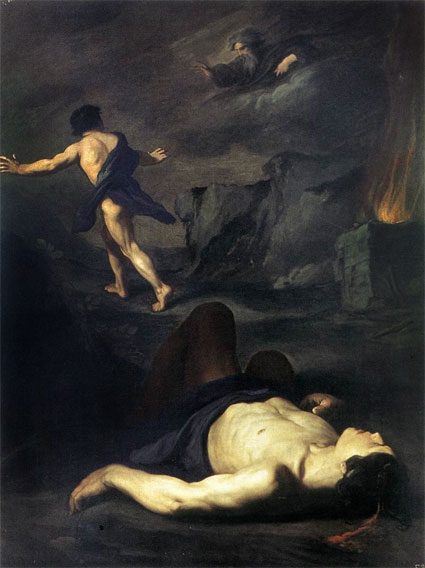Three Resurrections – 4
The Rest of the Dead
I saw the souls of those who had been beheaded for their witness to Jesus and for the word of God, who had not worshiped the beast or his image, and had not received [his] mark on their foreheads or on their hands. And they lived and reigned with Christ for a thousand years. But the rest of the dead did not live again until the thousand years were finished. This is the first resurrection. Revelation 20:4-5
James Jordan writes:
“…the ascended saints move into the Palace-Temple of God, and sit on the thrones vacated by the archangels, there to rule with Christ (20:4a). This heavenly rule is not for a “millennium,” but is forever. At the same time (20:4b-6), the church on earth experiences a resurrection. In a sense, our personal salvation is a first resurrection, as we move from death to life. Baptism is also considered a first resurrection. In Revelation 20, though, it is the corporate restoration of the Bride after AD 70 that is called the first resurrection. (Compare Ezekiel 37 for the use of bodily resurrection as a symbol of national restoration.)
The rest of the dead do not rise until the Last Day. In view of Revelation 14:13, I believe that Christians go to reign with Christ in heaven when they die, joining the enthroned saints. The “rest of the dead” thus are the wicked, who are given back their bodies at the Last Day, only to be cast into the lake of fire before the throne of God.”1
Why would those judged in AD70 have to wait until after the gospel age (the ’1000 year’ rule of Greater Solomon and His greater Temple worship) for their final destination, while the saints didn’t? It think the answer once again lies in the Garden, Land, World pattern. In Genesis 1-6, Satan and Adam sinned in the Garden, Cain slew his brother in the Land, and the sons of God compromised through intermarriage with unbelievers. However, although Cain was exiled to the wilderness, judgment upon Cain was basically postponed until the judgment of the world by the flood.
“Man’s first fall, in the Sanctuary, prevented his going into Eden and resulted in his being put in a Homeland that was not a Throneland. The second fall, of Cain, expelled him from a Homeland into a world of wandering. The third fall, of the Sethites, removed the sinners from the world through the great flood. …these rebellions constituted stealing the gift of the Father (sacrilege), murder of the brotherhood of the Son (fratricide), and resisting the marital gifts of the Spirit (intermarriage or compromise).”2
The thought is this. Christ overcame Satan in the garden by dying as Adam, the church (His body) overcame Herod’s Canaanite worship in the Land (AD70) and died as Abel. The saints, as Abel, ascended to God (and the blood of Abel was finally avenged – Matthew 23:35; Hebrews 11:4) but the rest of the dead, as Cain, were exiled to the wilderness as the scapegoat, sent to outer darkness. And Satan was covered in the Abyss and bound from withholding the gospel by deceiving the nations.
The rest of the dead – those who sinned in the Garden and the Land – like Satan and Cain, are in exile awaiting God’s judgment of the World.
1 James B. Jordan, A Brief Reader’s Guide to Revelation, p. 22.
2 James B. Jordan, The Production of the New Testament Canon: A Revisionist Suggestion, BIBLICAL HORIZONS No. 56, http://www.biblicalhorizons.com/biblical-horizons/no-56-the-production-of-the-new-testament-canon-a-revisionist-suggestion/
3REZ


























